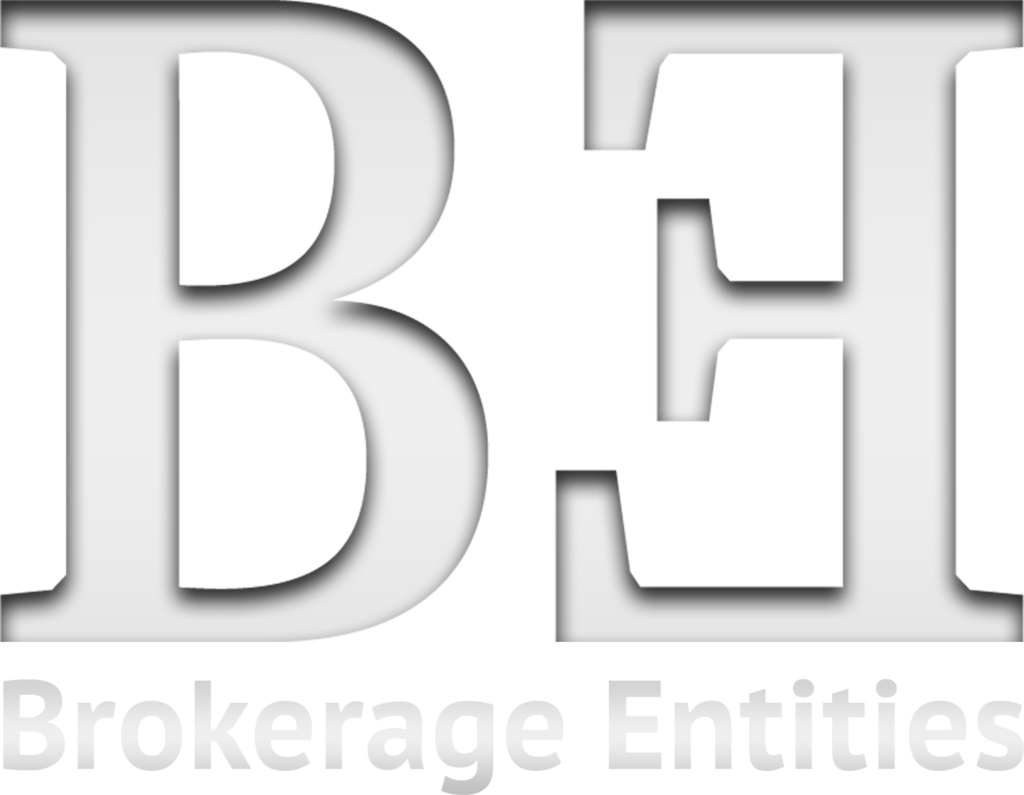ASIC has released a consultation paper on proposed rules to facilitate competitive outcomes in cash equity clearing and settlement (CS) services provided by the ASX Group. It is the first time ASIC is exercising its new powers under the competition in clearing and settlement (CS) reforms.
The consultation seeks feedback on our proposals to:
implement the 2017 Council of Financial Regulators Regulatory Expectations for Conduct in Operating Cash Equity Clearing and Settlement Services in Australia (Regulatory Expectations) as enforceable obligations; and
impose additional requirements in several key areas, including technical interoperability, management of intragroup conflicts of interest, and external assurances on pricing and barriers to competition.
The proposed rules are intended to support the long-term interests of the Australian market by delivering efficient outcomes for investors consistent with those expected in a competitive environment, by:
ensuring the ASX remains responsive to users’ evolving needs, including in relation to its governance framework; and
providing access to its cash equity CS services on a transparent and non-discriminatory basis with terms and conditions, including pricing, that are fair and reasonable.
ASIC Commissioner Simone Constant said, ‘We are moving at pace to develop and implement these important rules, which require that during the CHESS replacement program and beyond, the ASX remains responsive to users and does not create barriers to competition.
‘Importantly, the rules also respond to industry concerns around ASX’s handling of the CHESS replacement program and will help to ensure that those mistakes are not repeated.
‘We look forward to engaging with industry on the proposed rules so the best outcome is achieved for the market, for listed companies and for investors and investment,’ Ms Constant said.
Consultation Paper 379 CS Services Rules (CP 379) seeks feedback on our proposals to achieve these high-level outcomes, including through a number of additional obligations not expressly covered by the Regulatory Expectations.

